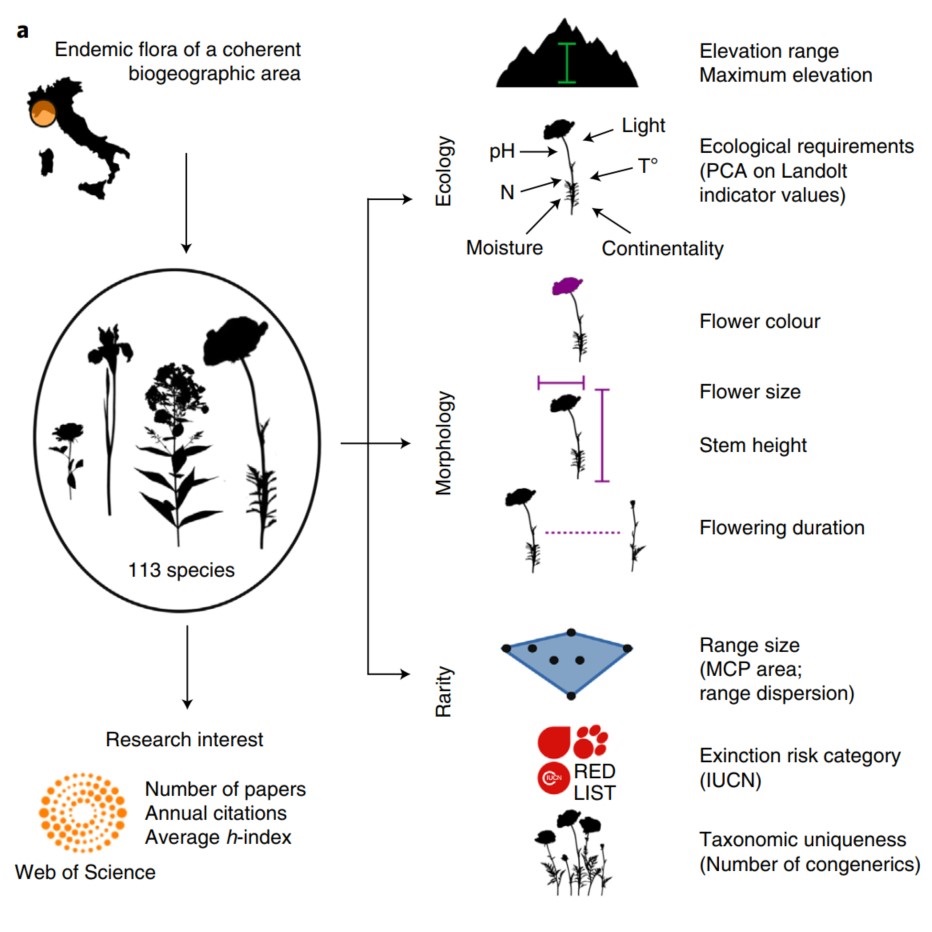
Plant scientists’ research attention is skewed towards colourful, conspicuous and broadly distributed flowers (Nature Plants)
Chicana feminist writer Cherríe Moraga wrote in her anthology This Bridge Called My Back, with regards to the necessary inclusion of women of color in contemporary progressive politics: “It is not always a matter of the actual bodies in the room, but of a life dedicated to a growing awareness of who…
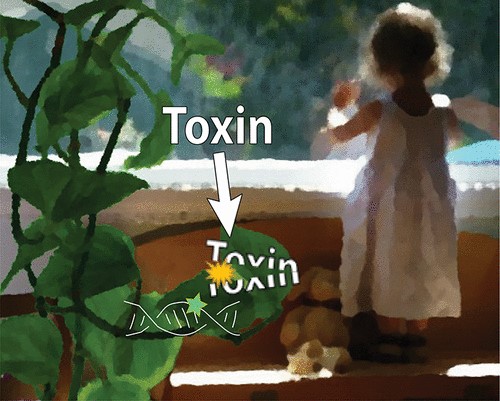
Greatly enhanced removal of volatile organic carcinogens by a genetically modified houseplant ($)
Plants provide us with food, fiber, shelter, medicine, and fuel. In the process, they also release the oxygen that we breathe. Now, they can also help remove carcinogens from our homes. Zhang et al., have developed a genetically modified a common houseplant, Epipremnum aureum, pothos ivy, that can remove…
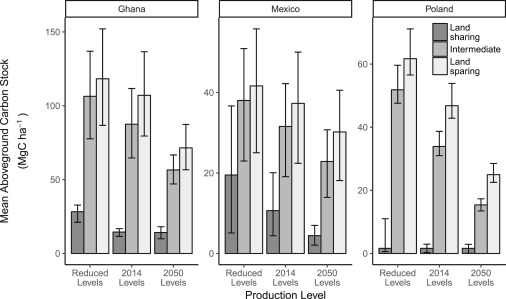
Carbon storage and land-use strategies in agricultural landscapes across three continents (Curr. Biol.)
As we face increasingly odd weather patterns resulting from elevated CO2 emissions to the atmosphere, the question of how best to balance the need to produce food with the desire to minimize CO2 emissions becomes increasingly urgent. Williams et al. compared the effects of different types of land-use…

Commentary: The discovery of nickel hyperaccumulation in the New Caledonian tree Pycnandra acuminata 40 years on: an introduction to a Virtual Issue (OA)
A Commentary by Jaffé et al. introduces a New Phytologist Virtual Issue on the curious and fascinating plants that hyperaccumulate metals. These diverse species have shed light on metal transporter proteins and mechanisms of metal tolerance, on the ecological function of metal hyperaccumulation (possibly…
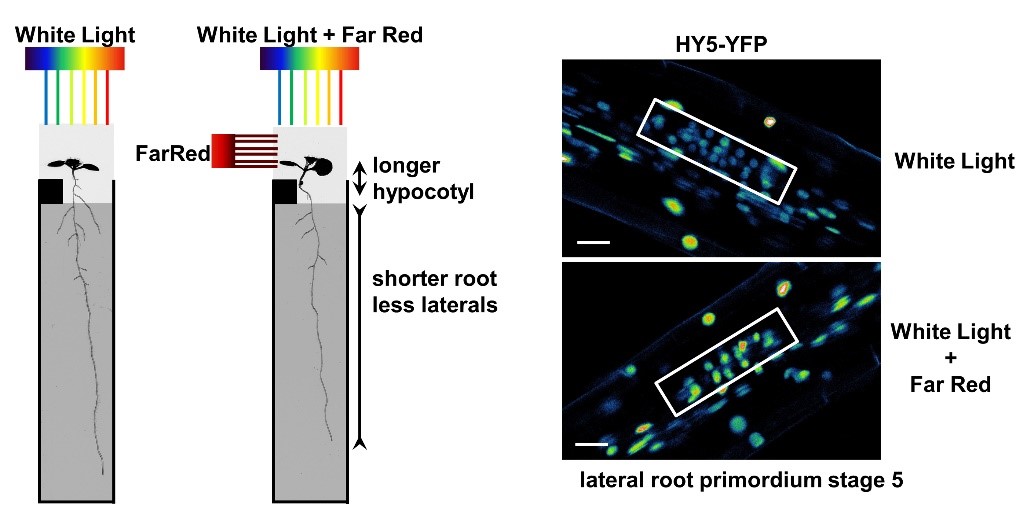
Roots Respond to Aboveground Far-Red Light
van Gelderen and Kang et al. investigate the root response to Far-Red light detection in the shoot. The Plant Cell (2017). https://doi.org/10.1105/tpc.17.00771
By Kasper van Gelderen and Ronald Pierik
Background: Sunlight is the energy source for plants, however, when plants grow closely together…
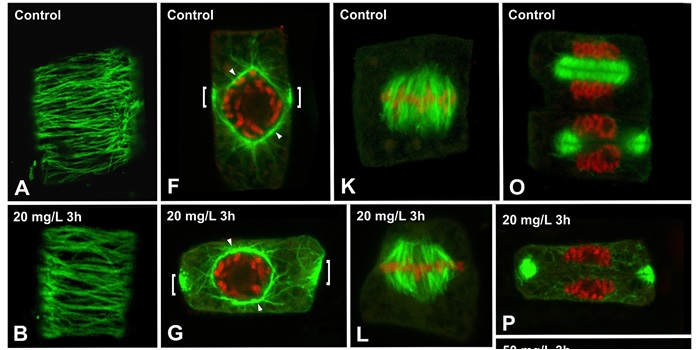
Disruption of actin filaments in Zea mays by bisphenol A depends on their crosstalk with microtubules
Bisphenol A (BPA) is known for its negative impact on mammalian cell lines and, recently, as an emerging environmental pollutant. BPA, readily taken up and metabolized by plants, results in many growth and developmental defects, from disrupted mitotic microtubule (MT) arrays to altered calcium fluctuations…
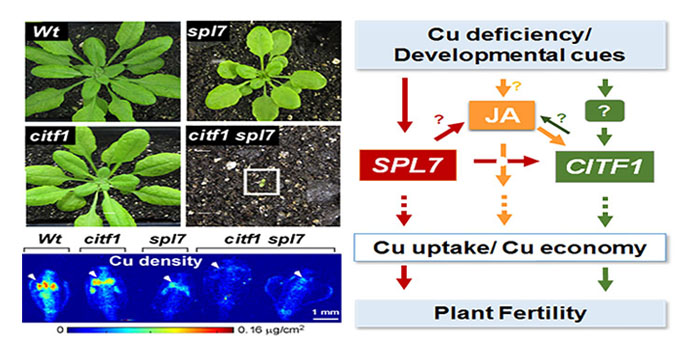
Anthers Crave Copper
Yan et al. searched for proteins that regulate the delivery of the micronutrient copper to flowers to ensure successful reproduction https://doi.org/10.1105/tpc.17.00363
By Jiapei Yan, Ju-Chen Chia, and Olena Vatamaniuk
Background: Global food security and the demand for high-yielding grain crops…
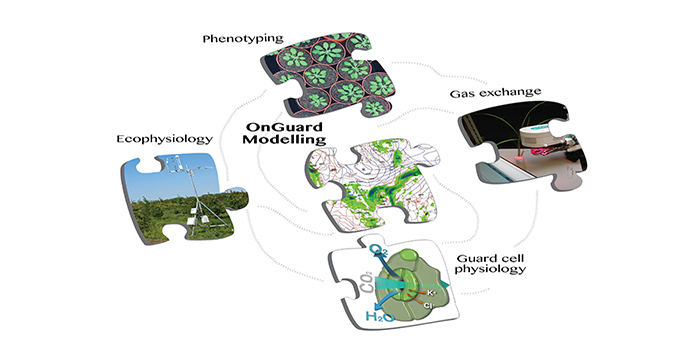
OnGuard2 Computational Platform Tracks Guard Cell Processes
Wang et al. discover unexpected connections between humidity and ion transport using a model that bridges guard cell-to-leaf scales https://doi.org/10.1105/tpc.17.00694
By Maria Papanatsiou
Background: Plants rely on stomata on the leaf epidermis for their survival. Stomata are small pores formed…
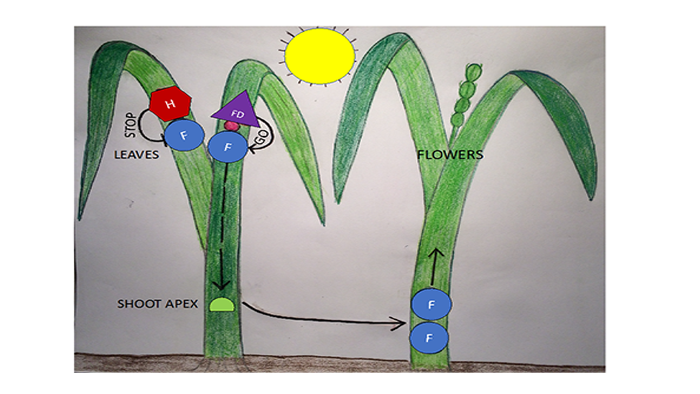
How Signals in Plant Leaves Influence Flowering
Brambilla et al. describe antagonistic signals in rice leaves that control flowering https://doi.org/10.1105/tpc.17.00645
By Vittoria Brambilla
Background: A plant’s lifecycle is marked by a major switch occurring when the plant stops producing leaves and starts to make flowers. This switch is…

